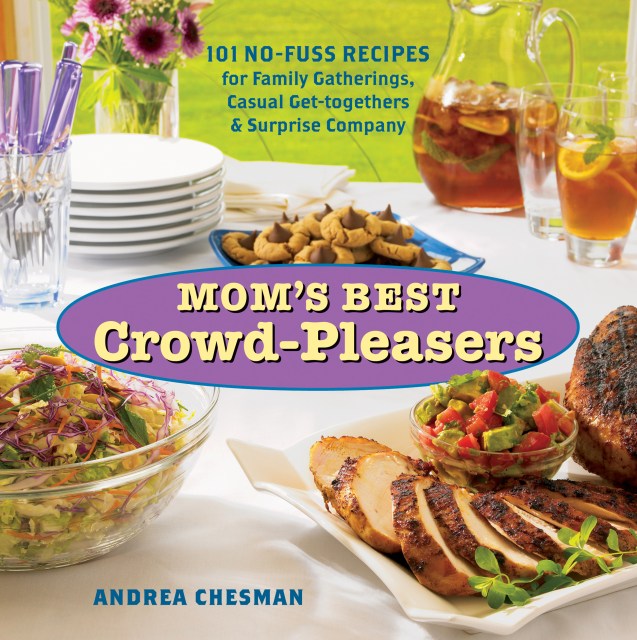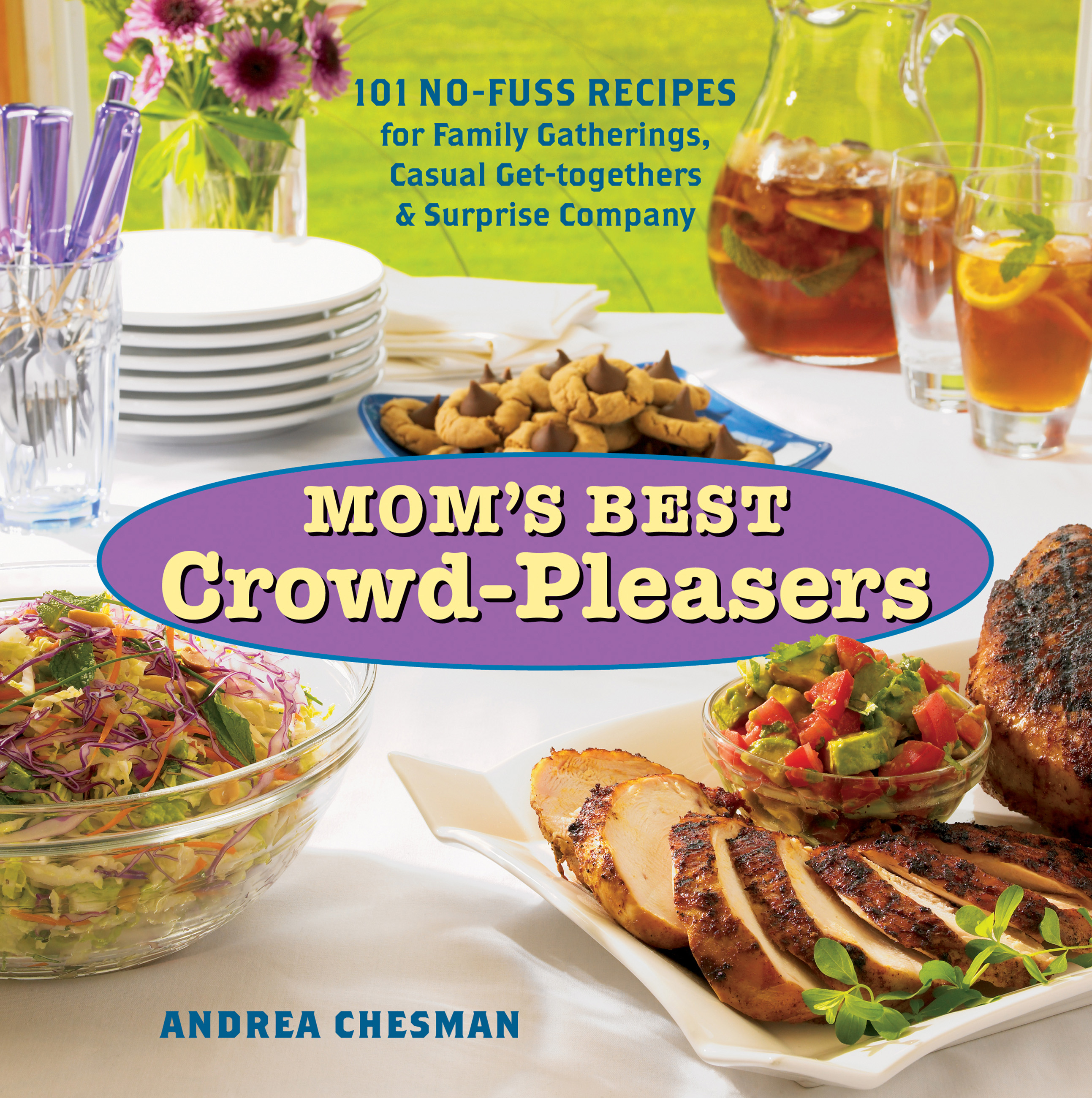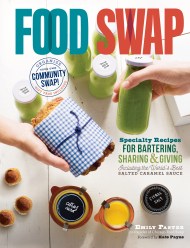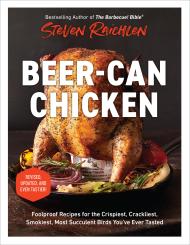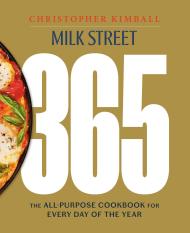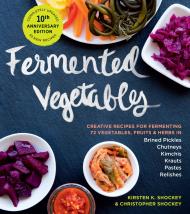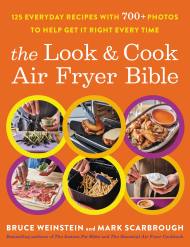Promotion
Use code MOM24 for 20% off site wide + free shipping over $45
Mom's Best Crowd-Pleasers
101 No-Fuss Recipes for Family Gatherings, Casual Get-togethers & Surprise Company
Contributors
Formats and Prices
Price
$9.99Price
$12.99 CADFormat
Format:
ebook $9.99 $12.99 CADThis item is a preorder. Your payment method will be charged immediately, and the product is expected to ship on or around March 29, 2012. This date is subject to change due to shipping delays beyond our control.
Also available from:
Cooking for a crowd doesn’t have to be stressful! Andrea Chesman shows you how to perfectly predict how much food you’ll need, prepare it in time, and enjoy yourself while cooking for the masses. With 101 recipes that include Three-Cheese Noodle Bake, All-American Burgers, and Chocolate Mint Ice-Cream Pie, you’ll be sure to please a gaggle of even the pickiest eaters. Chesman’s relaxed and fun approach to large-scale cooking will have you confidently heading up neighborhood picnics, office parties, and even wedding receptions.
Genre:
-
“These are homey, hearty creations with modern, updated twist – and they’re simple and accessible to any cook.”—Natalie Haughton, Los Angeles Daily News
- On Sale
- Mar 29, 2012
- Page Count
- 208 pages
- Publisher
- Storey
- ISBN-13
- 9781603422055
Newsletter Signup
By clicking ‘Sign Up,’ I acknowledge that I have read and agree to Hachette Book Group’s Privacy Policy and Terms of Use
